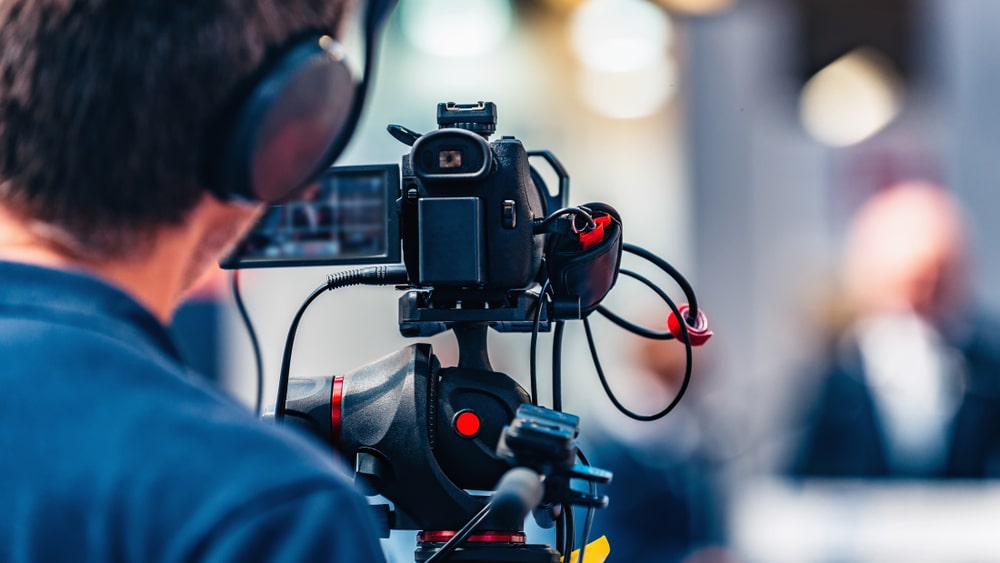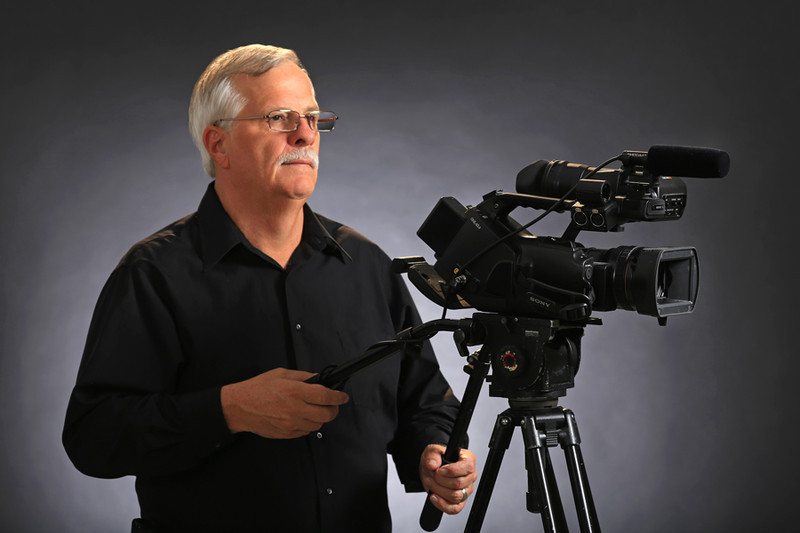Exploring the Role of Legal Videography in the Courtroom
Exploring the Role of Legal Videography in the Courtroom
Blog Article
Why Legal Videography Is Crucial for Accurate Court Recordings
The duty of lawful videography in court settings can not be overemphasized, as it works as a vital tool for maintaining the honesty of court records. By capturing both spoken and non-verbal communication, it enhances the quality of witness statements and reflects the subtleties of courtroom communications. This detailed documentation not just aids in reducing possible misunderstandings yet likewise supports appellate evaluations, thus enhancing the judicial process. However, the ramifications of integrating lawful videography into common court techniques increase vital concerns concerning its wider influence on the lawful system. What might these implications involve?
Importance of Visual Evidence
In the realm of lawful process, the significance of visual evidence can not be overstated. Aesthetic evidence works as a powerful tool in developing realities, substantiating statements, and boosting the total quality of a case. This sort of evidence, which includes photos, videos, and representations, can supply a substantial context that spoken summaries often lack, thereby providing juries and judges a clearer understanding of the situations surrounding a case.
Furthermore, visual evidence aids in the retention of information. Human cognition is naturally aesthetic, and individuals are more probable to bear in mind and understand details offered in an aesthetic style. In the court, this can be vital, as engaging visual evidence can sway opinions and enhance the story provided by lawful agents.
In addition, making use of visual proof can lessen misunderstandings and ambiguities that frequently arise from spoken exchanges. By supplying a direct representation of occasions, visual evidence aids to get rid of subjective interpretations and fosters an extra objective examination of the realities. The integration of aesthetic evidence right into legal proceedings not just strengthens the honesty of the judicial process yet likewise boosts the probability of achieving a simply outcome.
Recording Non-Verbal Hints
Making use of advanced videography strategies can considerably boost the capture of non-verbal cues throughout legal procedures. Non-verbal interaction, including face expressions, body language, and eye get in touch with, plays a crucial function in sharing emotions and intents that might not be explicitly specified in spoken testimony. legal videography. Lawful videography uses high-definition cams and strategic angles to guarantee that these refined signs are tape-recorded with clearness and accuracy
The ability to evaluate non-verbal actions can provide important context to declarations made throughout court sessions. A witness's unwillingness or self-confidence can be translated through their pose or motions, potentially influencing the jury's understanding of trustworthiness. The usage of close-up shots can help focus on an audio speaker's expressions, enabling for a more nuanced understanding of the testimony.
Furthermore, incorporating several video camera angles can create a thorough view of communications, highlighting dynamics between events entailed. This complex approach not just boosts the accuracy of the court document but also aids in preserving the integrity of the judicial process - legal videography. Inevitably, recording non-verbal signs with legal videography fosters a richer, more full depiction of court procedures

Enhancing Statement Reliability
The integrity of testimony can be dramatically boosted through using premium lawful videography. Video recordings work as an objective tool that captures not just the talked words of witnesses however additionally the nuances of their distribution, including tone, pacing, and psychological expressiveness. This multifaceted paperwork gives a clearer understanding of the witness's credibility and intents, which can redirected here be pivotal in legal process.
Furthermore, lawful videography decreases the potential for false impressions that may develop from created transcripts alone. When jurors can observe a witness's attitude and body language in combination with their testament, they are look at more info better geared up to examine the credibility and reliability of the evidence provided. This aesthetic context can reinforce the testimonial narrative, making it a lot more engaging and credible.
Furthermore, the existence of a video clip recording can deter prospective incongruities in testimony. Witnesses may be a lot more mindful in their declarations when they know they are being tape-recorded, causing even more exact and genuine accounts. Overall, top quality legal videography improves the honesty of testament, making certain that the court has access to a full and honest depiction of the realities as conveyed by the witnesses.
Supporting Appeals and Reviews
Lawful videography plays an essential function in supporting appeals and reviews by providing a comprehensive visual document of court room process. This aesthetic paperwork catches not only the talked words of witnesses and lawyers yet likewise the nuances of body language, tone of voice, and court room characteristics. Such aspects can be critical in comprehending the context of testimonies and debates offered.
In the appellate procedure, helpful site where the focus gets on mistakes of legislation and procedural justness, a video clip record can function as an essential device for appellate courts. It allows judges to assess the original trial context, making certain that choices are based on a full understanding of the procedures. The ability to aesthetically examine the disposition of witnesses or the interactions in between parties can disclose insights that created records may forget.

Furthermore, lawful videography can help in making clear uncertainties in testimonies or procedural judgments, thus strengthening the basis for a charm. By offering a trusted, objective account of what transpired in court, lawful videography not only sustains the integrity of the legal procedure but likewise encourages all parties included to make enlightened decisions concerning their cases.
Streamlining Courtroom Processes
Enhancing court performance, lawful videography streamlines processes by offering instant accessibility to aesthetic documents of proceedings. This technology allows judges, attorneys, and juries to review important testament and proof, ensuring that all parties have a clear understanding of the case. By catching the nuances of verbal and non-verbal communication, videography enhances the record, making it much easier to comprehend the context and weight of testaments.

Furthermore, video recordings can promote remote involvement in hearings, enabling greater adaptability in scheduling and engagement, which is especially valuable in complicated cases entailing several stakeholders.
Verdict
To conclude, lawful videography plays an important role in making sure accurate court recordings by giving necessary visual evidence that catches both verbal and non-verbal interaction. This practice improves the integrity of statements, sustains appellate reviews, and enhances courtroom processes. By cultivating a comprehensive understanding of court dynamics, lawful videography ultimately contributes to much more fair judicial outcomes, enhancing the integrity of the legal system and facilitating notified decision-making.
Report this page